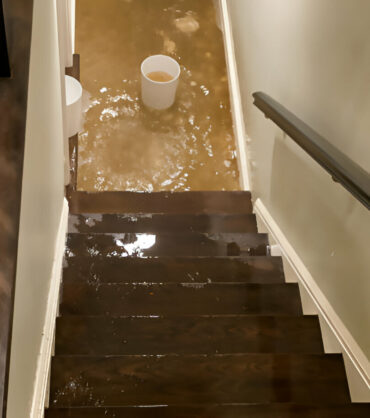Picture this: You walk downstairs and catch that familiar musty smell. Your socks feel slightly damp against the concrete floor. That’s when it hits you – your home’s foundation space isn’t just uncomfortable. It’s quietly signaling the need for a Damp Basement Solution to protect your family’s health and your biggest investment.
You’re not alone. Over half of American homeowners with lower levels report moisture issues. Left unchecked, these challenges can spiral into mold outbreaks, crumbling walls, and even lower property values. But here’s the good news: lasting solutions exist.
We’ve helped countless families transform their humid, underutilized spaces into dry, functional areas. The secret lies in understanding the root causes – whether it’s rainwater pooling near your foundation or indoor humidity condensing on cool surfaces. Each home tells a different story, but the path to success always starts with smart diagnosis.
Key Takeaways
- Over 60% of U.S. homes with lower levels face moisture-related challenges
- Unaddressed humidity can lead to health risks and structural weakening
- Multiple factors contribute to wet foundation spaces, both inside and out
- Strategic solutions improve air quality and protect property value
- Custom approaches deliver permanent results rather than quick fixes
Through years of hands-on experience, we’ve seen how proper grading, gutter maintenance, and ventilation work together like puzzle pieces. Our methods don’t just mask symptoms – they create environments where musty odors and water stains become distant memories. Let’s explore how to turn your space from a liability into an asset.
Understanding Damp Basements: Causes and Health Impacts
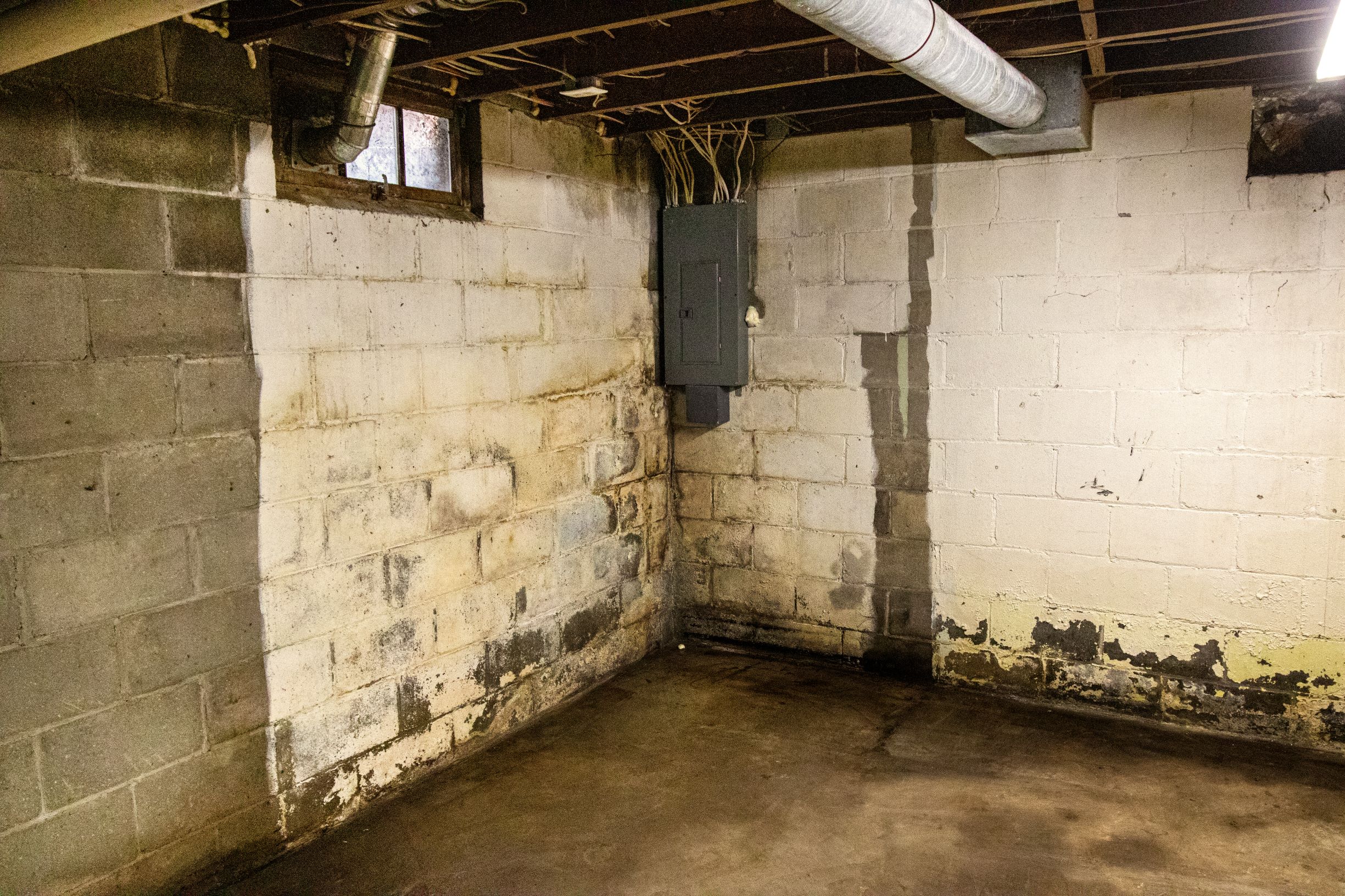
Credit: Basement & Radon Solutions
Did you know your home’s lower level could be letting in up to 18 gallons of moisture daily? That’s 3-6 times more water than your household activities generate. Three primary culprits create this hidden flood:
How Water Finds Its Way In
| Source | Entry Method | Common Signs |
|---|---|---|
| Rain/Groundwater | Cracks & porous materials | Puddles, wall streaks |
| Indoor humidity | Air circulation | Foggy windows, sticky air |
| Outdoor air | Condensation | White mineral deposits |
We often find clients notice the musty smell first. That distinctive odor signals trapped humidity meeting organic materials. Other red flags include:
- Peeling paint on foundation walls
- Warped storage boxes
- Rust patterns on metal surfaces
When Moisture Becomes Hazardous
Persistent dampness does more than ruin stored items. Mold spores multiply rapidly in these conditions – some varieties trigger asthma attacks within 48 hours. Structural risks emerge too:
Wood rot weakens support beams. Concrete cancer breaks down foundation materials. Even steel reinforcements can corrode when exposed to constant moisture.
Our team uses infrared cameras to spot hidden trouble areas. Early detection prevents minor issues from becoming major renovations. Remember – what starts as a faint mustiness could end up costing thousands in repairs.
Effective Damp Basement Solution Techniques
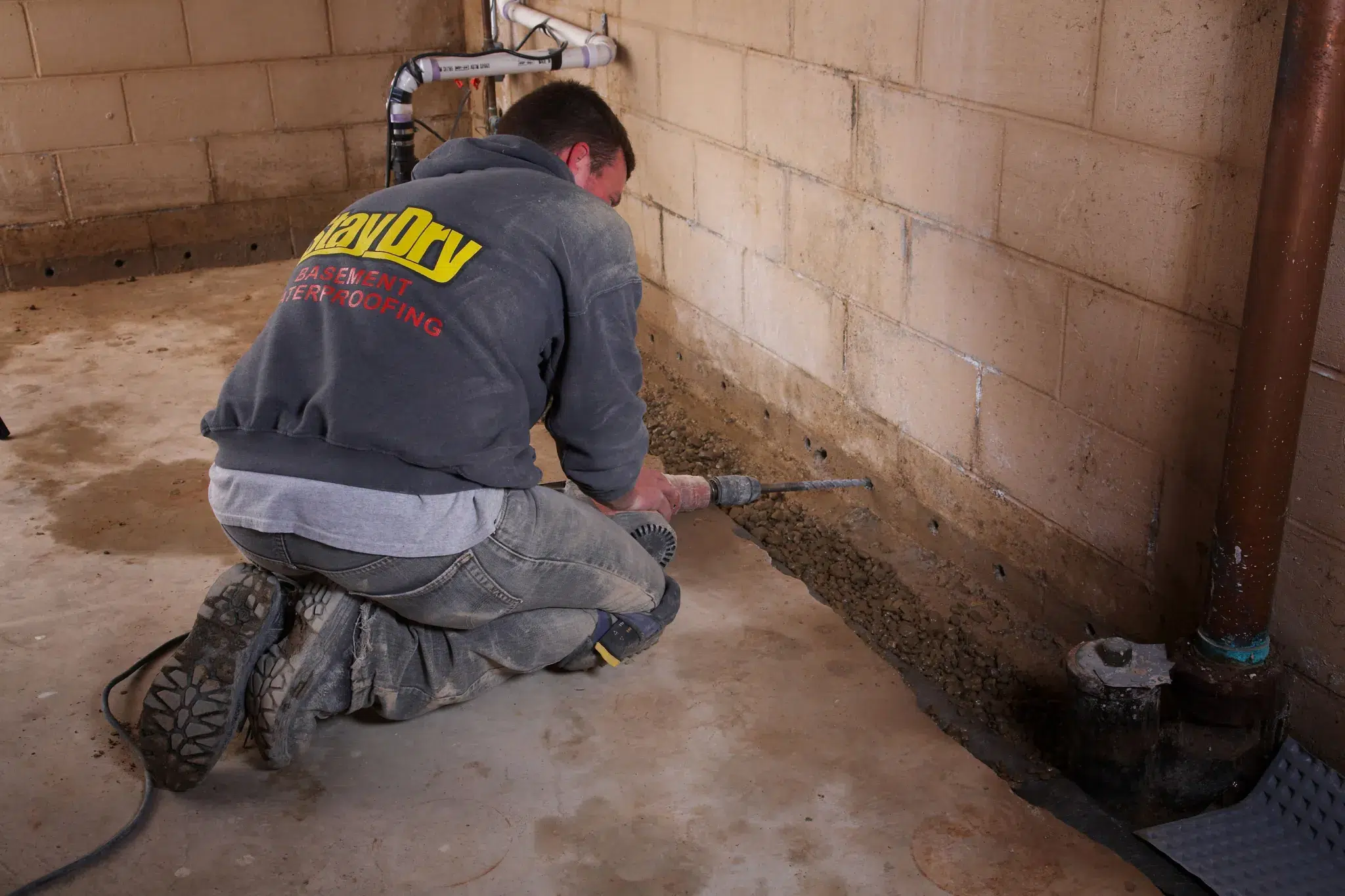
Credit: HouseLogic
The key to a dry lower level starts with directing water away from your property’s foundation. We focus on two strategic approaches that work together like a home’s immune system – stopping invaders at the perimeter and reinforcing internal defenses.
Exterior Drainage: Your First Shield
Proper exterior drainage stops 90% of moisture issues before they begin. Our team prioritizes three elements:
- Grading landscapes to slope 1 inch per foot away from foundations
- Cleaning gutters quarterly and extending downspout outlets 5+ feet outward
- Installing French drains where water pools near the house
We recently helped a Rockville homeowner reduce wall seepage by 80% simply by adjusting their grading and adding downspout extensions. These changes redirected 12,000 gallons of stormwater annually away from vulnerable areas.
Interior Defense Systems
When external measures need reinforcement, interior solutions create multiple moisture barriers:
- Hydraulic cement for active leaks (sets in 3-5 minutes)
- Epoxy-based sealants that withstand 15+ psi water pressure
- Vapor barriers blocking 97% of ground moisture
Subfloor systems prove particularly effective in older homes. By creating air gaps between concrete and flooring, they reduce humidity levels while protecting finished surfaces. One Ashburn client saw their air quality improve 40% after installation.
Managing Moisture with Advanced Waterproofing and Sealing Methods
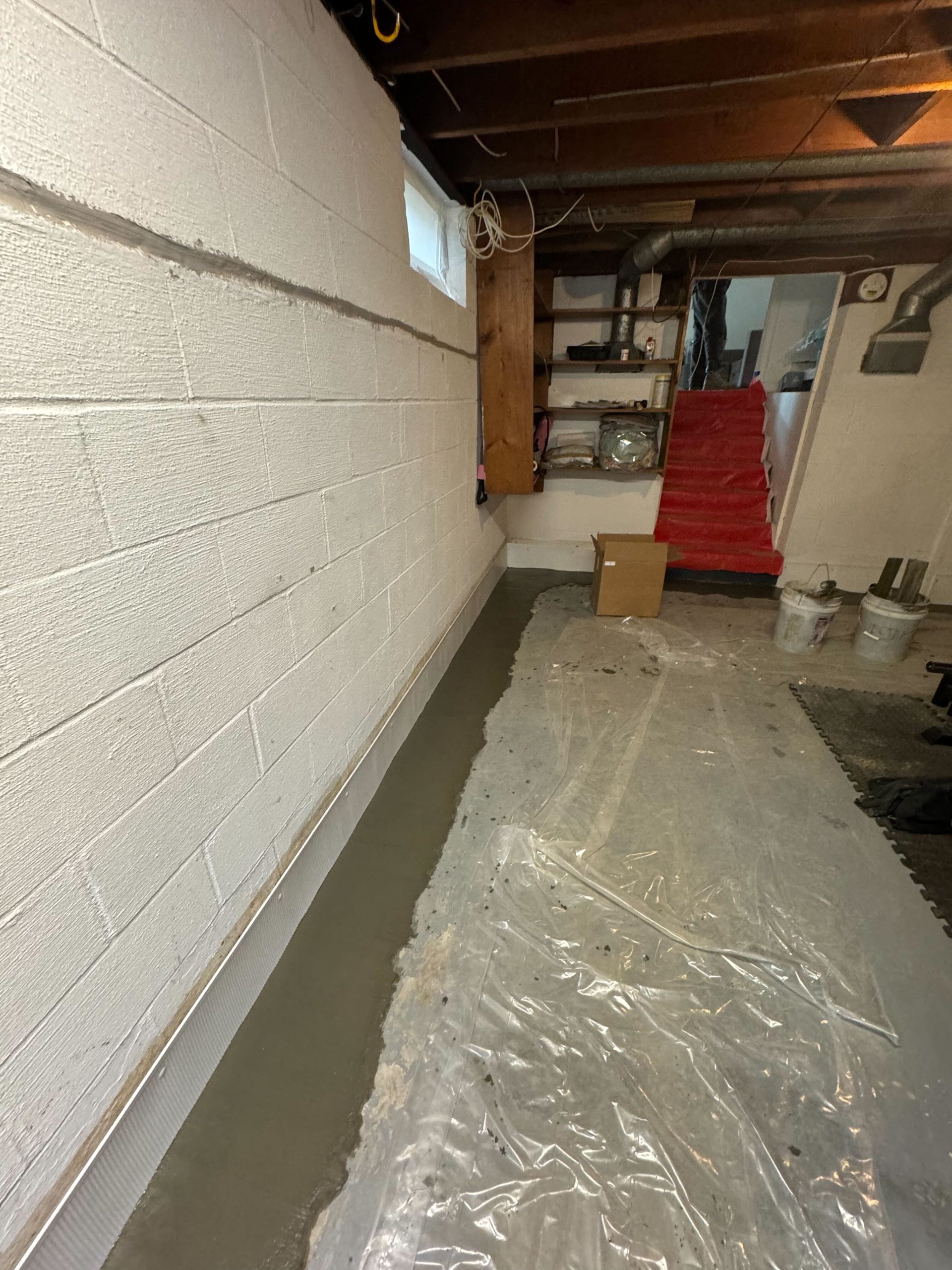
Credit: Ohio State Waterproofing
Concrete might seem solid, but a typical foundation wall lets through 3.2 quarts of water vapor daily through each square inch. This hidden moisture movement demands smarter defenses. Our team combines industrial-grade materials with precision installation to outsmart persistent humidity.
Rapid Response & Lasting Barriers
When water pushes through concrete cracks, hydraulic cement becomes our first responder. This gray powder transforms within minutes when mixed, expanding to fill gaps as it hardens. One client in Alexandria stopped a persistent leak during heavy rains using this method – their “miracle putty” moment.
For permanent protection, we turn to epoxy sealants. These liquid barriers penetrate porous surfaces, then cure into flexible shields. Unlike basic coatings, they withstand foundation shifts without cracking. Recent tests show our preferred formula handles pressure equivalent to 18-foot water columns.
Smart Insulation Strategies
Proper insulation does double duty – it keeps spaces comfortable while fighting condensation. We install closed-cell foam between studs, creating thermal breaks that prevent warm air from meeting cool walls. This approach reduced humidity spikes by 65% in a McLean home last winter.
Vapor barriers complete the system. Our 12-mil polyethylene sheets block 97% of ground moisture when properly sealed. Combined with strategic ventilation, they transform foundation walls from sponges into shields. As one homeowner noted: “It’s like putting your house in a breathable raincoat.”
These methods work together to create dry environments where stored heirlooms stay preserved and air feels crisp. By addressing both liquid water and airborne vapor, we help spaces become truly livable rather than damp storage zones.
Designing a Reliable Basement Drainage and Ventilation System
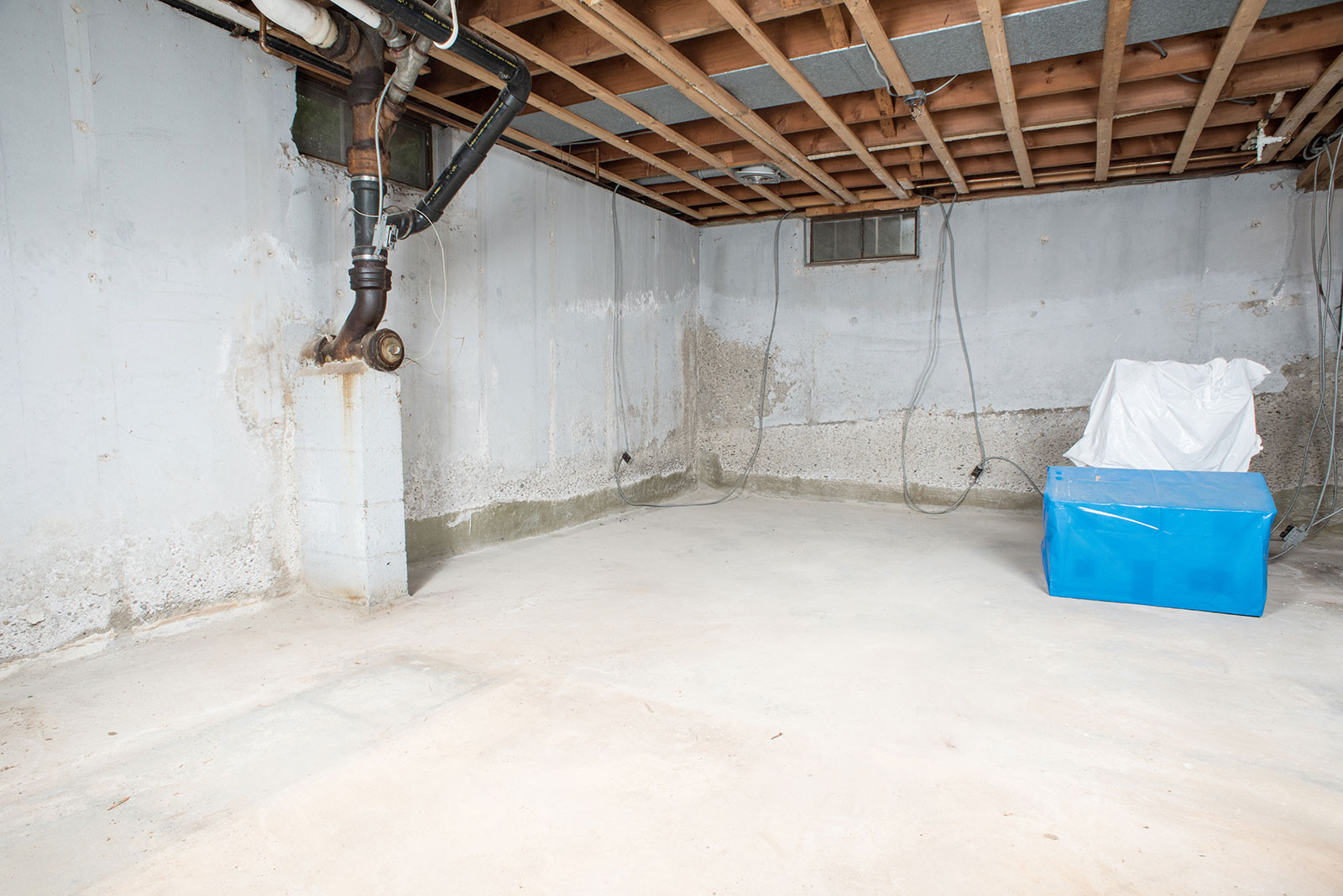
Credit: Blackburn Foundation Repair
Imagine a network beneath your home working like invisible bodyguards against water intrusion. Our layered approach combines gravity-fed drainage with smart airflow management. These systems work 24/7 to keep your space dry, even during torrential downpours.
French Drains: Nature’s Water Highway
We install French drains as first responders in your landscape. These gravel-filled trenches with perforated pipes intercept groundwater before it builds pressure against foundation walls. One Fairfax homeowner reported:
“After installation, our seasonal puddles vanished like magic – now we actually use our lower level!”
| System Component | Function | Key Benefit |
|---|---|---|
| Perimeter drains | Redirect surface water | Prevents soil saturation |
| Sump pumps | Remove collected water | Handles flood scenarios |
| Air vents | Circulate dry air | Reduces condensation |
Interior drainage systems act as backup defenders. We often use:
- Slab-edge channels capturing seepage
- Dimpled membranes guiding water to pumps
- Sealed sump basins preventing musty air leaks
Our sub-slab systems create negative pressure zones beneath floors. This vacuum effect continuously pulls moist soil air through vent pipes. Bonus benefit: Radon levels drop by 85% in treated homes.
Proper ventilation completes the puzzle. Strategically placed intake/exhaust vents maintain airflow without energy loss. We balance humidity levels so your space feels crisp – not clammy.
Maintaining a Dry Basement: Regular Upkeep and Dehumidification
Think of your home’s lower level as a living ecosystem – it thrives when balanced. Humidity control acts as the heartbeat of this system. We help homeowners create routines that maintain ideal conditions year-round.
Smart Moisture Management Tools
Modern dehumidifiers work like silent guardians. Residential models remove 50 pints daily, while built-in systems handle 100+ pints. Our favorite units pump water 16 feet to sinks or drains, eliminating manual emptying.
Pair these devices with strategic airflow. Cross-ventilation from fans and exhaust systems prevents stagnant pockets where mold grows. One client reduced musty odors by 70% simply by repositioning two air circulators.
Prevention Through Proactive Care
We recommend quarterly checklists for lasting dryness:
- Inspect foundation walls for hairline cracks
- Clear gutters and test downspout flow
- Monitor humidity with digital hygrometers
Keep levels between 30% (winter) and 50% (summer). This range prevents condensation without over-drying your space. Pro tip: Check readings morning and evening – daily swings reveal hidden issues.
Address minor concerns quickly. A single overflowing gutter can dump 150 gallons hourly near your foundation. Our maintenance plans catch these threats before they become emergencies. Remember – consistent care protects both your air quality and wallet.
Utilizing Our Local Expertise: Contact and Support in Washington, DC and Beyond
Your home deserves more than temporary fixes—it needs local know-how. Our team brings 15+ years of hands-on experience solving moisture challenges unique to Mid-Atlantic soil and weather patterns. We’ve helped hundreds of neighbors protect their biggest investment through tailored approaches.
Where We Make a Difference
From Capitol Hill row houses to Ashburn subdivisions, we serve the entire DC metro area. Our Maryland crews operate from three convenient hubs:
Washington DC: 2315 Wisconsin Ave NW
Rockville: 330 N Stonestreet Ave, Unit S
North Bethesda: 5014 Nicholson Ln
Virginia Roots, Regional Results
Northern Virginia homeowners trust our Manassas (10748 Sudley Manor Dr) and Ashburn (44121 Leesburg Pike) teams. Whether addressing cracks in historic foundations or installing modern waterproofing systems, we adapt solutions to your home’s architecture.
Got questions about musty odors or wall streaks? Reach our experts at +1-240 624 9324 or info@dmvwp.com. We’ll help you breathe easier—literally—within days.
FAQ
How do I know if my basement moisture comes from inside or outside?
We check for patterns like pooling water near foundation walls, cracks in concrete, or condensation on walls. Interior issues often involve high humidity or poor air circulation, while exterior problems link to soil drainage, gutters, or grading flaws.
Can cracked foundation walls lead to structural damage?
Yes. Untreated cracks allow water to seep into concrete, weakening load-bearing areas over time. We use epoxy sealants or hydraulic cement for durable repairs, paired with drainage systems to redirect water away from your home.
Will a dehumidifier alone fix my dampness issues?
While dehumidifiers reduce airborne moisture, they don’t address root causes like groundwater seepage or poor exterior grading. We combine them with vapor barriers, sump pumps, or subfloor drains for lasting results.
Why is my basement musty even without visible leaks?
Hidden moisture sources like capillary action through porous concrete or condensation behind insulation are common. Our inspections use thermal imaging to pinpoint problem areas before applying sealants or upgrading ventilation.
Do French drains work in homes with heavy clay soil?
Absolutely. We design French drains with gravel layers and perforated pipes to bypass slow-draining soil. Pairing them with downspout extensions and proper grading ensures water moves away from your foundation efficiently.
How often should I inspect my drainage system?
We recommend checking gutters, downspouts, and sump pumps every spring and fall. For homes in Rockville, MD, or Ashburn, VA, seasonal weather shifts make twice-yearly upkeep crucial to prevent clogs or pump failures.
Can interior waterproofing damage my existing walls?
Not when done correctly. Our methods—like installing vapor barriers or interior drain tiles—protect concrete without compromising stability. We avoid invasive techniques unless structural repairs are necessary.
Do you serve neighborhoods outside Washington, DC?
Yes! We cover Rockville, North Bethesda, Manassas, Ashburn, and surrounding areas. Email us at info@dmvwp.com with your address, and we’ll confirm same-day or next-day support.

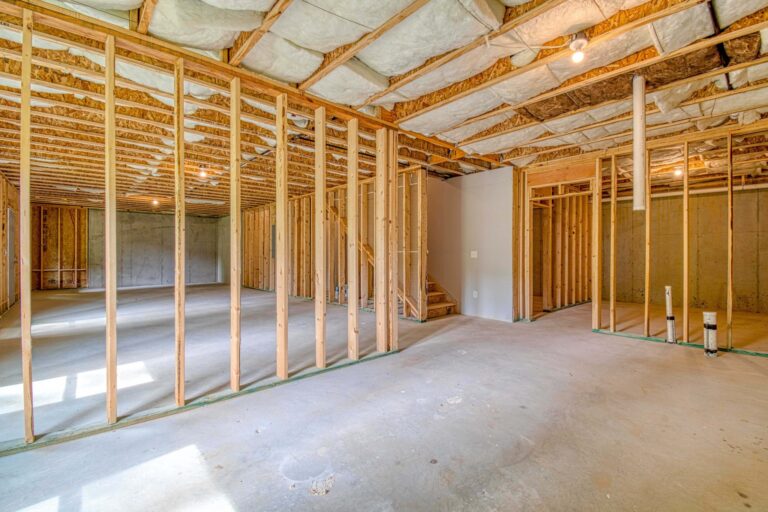
![[GetPaidStock.com]-680786795b816 [GetPaidStock.com]-680786795b816](https://dmvwp.com/wp-content/uploads/2025/04/GetPaidStock.com-680786795b816-370x418.jpg)
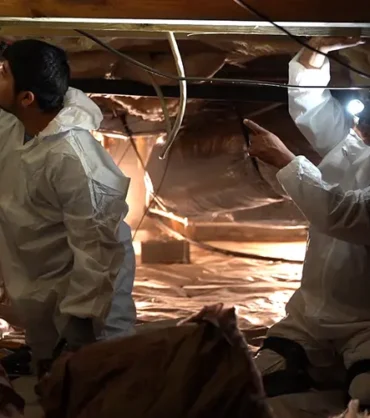
![[GetPaidStock.com]-682c400c87c15 [GetPaidStock.com]-682c400c87c15](https://dmvwp.com/wp-content/uploads/2025/04/GetPaidStock.com-682c400c87c15-370x418.jpg)
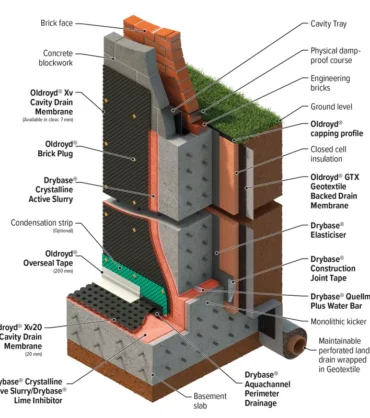
![[GetPaidStock.com]-682c413fa898e [GetPaidStock.com]-682c413fa898e](https://dmvwp.com/wp-content/uploads/2025/03/GetPaidStock.com-682c413fa898e-370x418.jpg)
